
Anti-Bacterial Single Jersey: Unlocking a New Dimension of Summer Comfort for Sensitive Skin
Anti-bacterial single jersey uses regenerated Tencel as its core raw material, and the material characteristics directly determine the basic texture of the product. Regenerated Tencel originates from the regeneration process of natural plant fibers, retains the soft nature of natural materials, and optimizes the fiber arrangement structure through modern textile technology. When this fabric comes into contact with the skin, it can disperse the contact pressure through the micro-curvature of the fiber surface, reduce the friction, and thus achieve a nearly non-irritating touch experience. For people with sensitive skin, this feature is particularly important, avoiding the discomfort reactions such as redness and itching that may be caused by rough fibers or chemical treatment agents in traditional fabrics, and providing a gentle contact environment for the skin. The softness of the fabric is not a single-dimensional softness, but a combination of moderate fluffiness and skin-fitting.
The synergistic effect of fabric structure and summer breathability
The unique fiber structure of anti-bacterial single jersey is the key to achieving comfortable summer wear. Regenerated Tencel fibers themselves have the natural characteristics of being hollow and porous. During the weaving process of the knitting process, these fibers form countless interconnected microchannels. When the fabric contacts the skin, the moisture emitted from the body surface can quickly diffuse outward through these microchannels, while fresh air from the outside can enter, forming a continuous air circulation. This structural design solves the common problem of stuffiness in summer clothing, avoids the accumulation of moisture between the fabric and the skin, and reduces the stickiness caused by the humid environment. The process characteristics of single-sided knitting form a uniform small coil structure on the surface of the fabric. These coils increase the contact area between the fabric and the air while ensuring the elasticity of the fabric, improve the heat dissipation efficiency, and allow the fabric to maintain a refreshing wearing experience in a high temperature environment.
Antibacterial function realization mechanism and skin protection value
Antibacterial function is an important extension of the basic material advantages of this knitted fabric, and its realization relies on the antibacterial treatment process in the fabric production process. This process does not simply rely on the attachment of external antibacterial agents, but by combining antibacterial factors with fiber molecules, making antibacterial properties an inherent property of the fabric itself. When microorganisms contact the surface of the fabric, the antibacterial components in the fiber will prevent the reproduction of bacteria, fungi, etc. by destroying the cell membrane structure of the microorganism or inhibiting its enzyme activity. For sensitive skin, this continuous antibacterial effect can effectively reduce skin problems caused by microbial growth and build an invisible protective barrier for the skin. Especially in summer, the human body sweats a lot, and the skin surface is prone to form a hotbed for microbial growth. This characteristic of anti-bacterial single jersey just makes up for the shortcomings of traditional fabrics in hygiene protection, reducing the risk of skin irritation from the source.
Regeneration characteristics and sustainable value of products
The regenerated Tencel raw materials of anti-bacterial single jersey not only bring comfort performance, but also give the product sustainable environmental value. The regeneration process reduces the over-exploitation of natural resources and reduces energy consumption and waste emissions in the production process through the recycling of plant fibers. This environmental attribute is in line with the pursuit of green life by modern consumers, adding a layer of social value to the product in addition to its functionality. For people with sensitive skin, choosing clothes made of environmentally friendly materials is also a way to reduce chemical residual irritation. Regenerated Tencel tends to use mild treatment agents in the production process to avoid the potential impact of strong irritating chemicals on the skin. This combination of sustainable properties and skin-friendliness gives anti-bacterial single jersey a unique competitive advantage in the market.
LATEST POST
Let’s create something amazing together
contact usDon't hesitate to contact when you need us!



 English
English 한국어
한국어 中文简体
中文简体

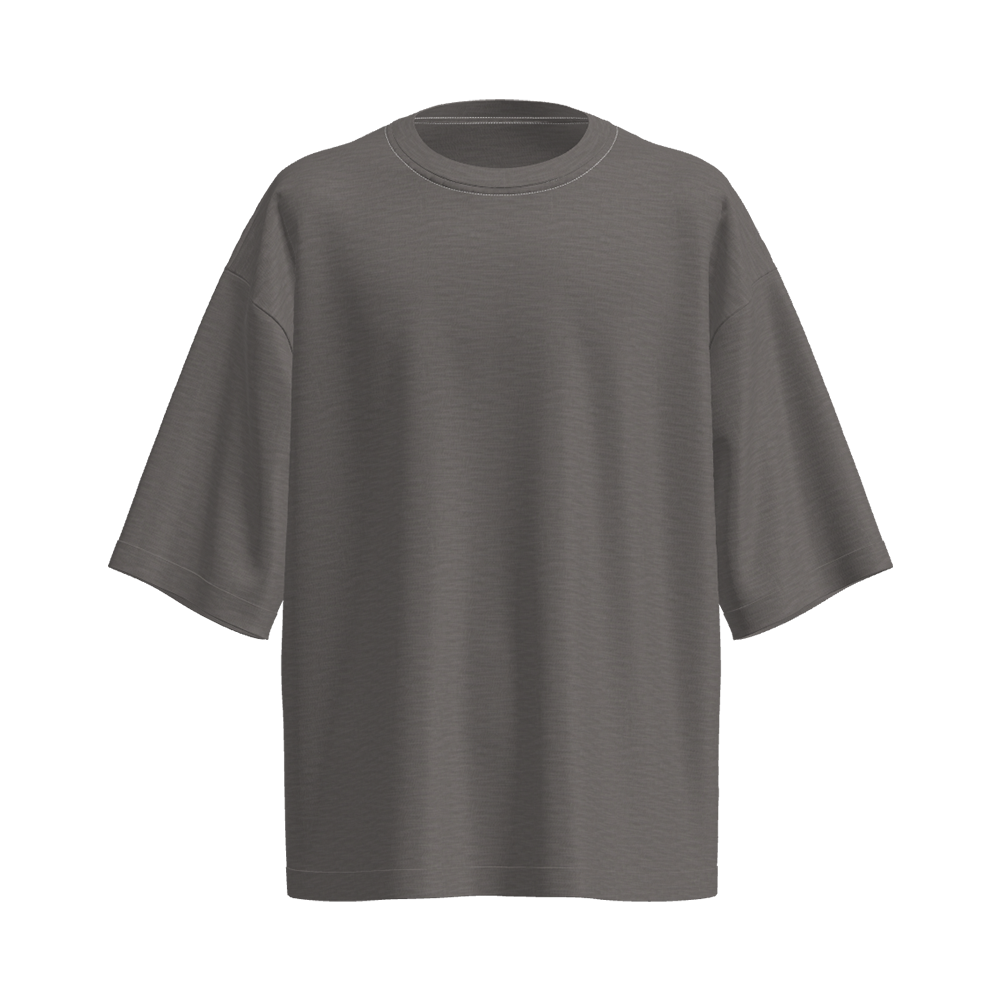

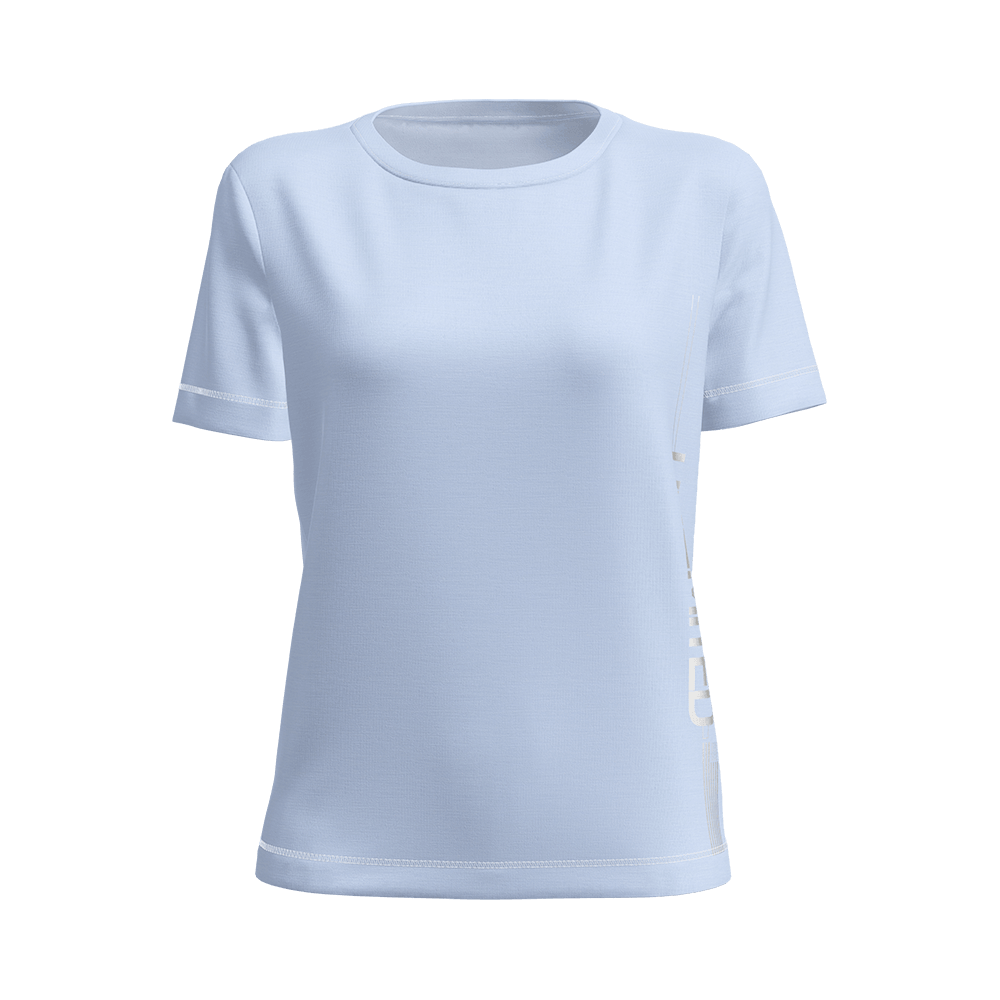
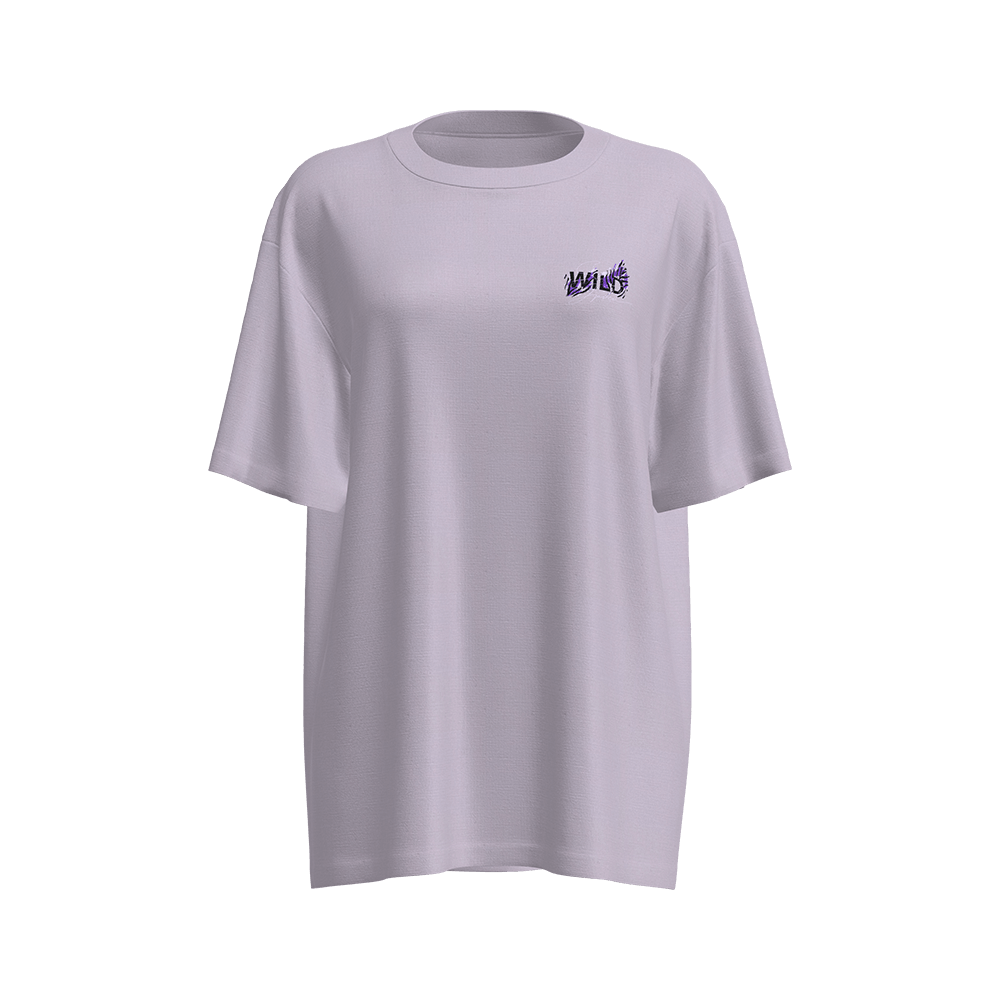
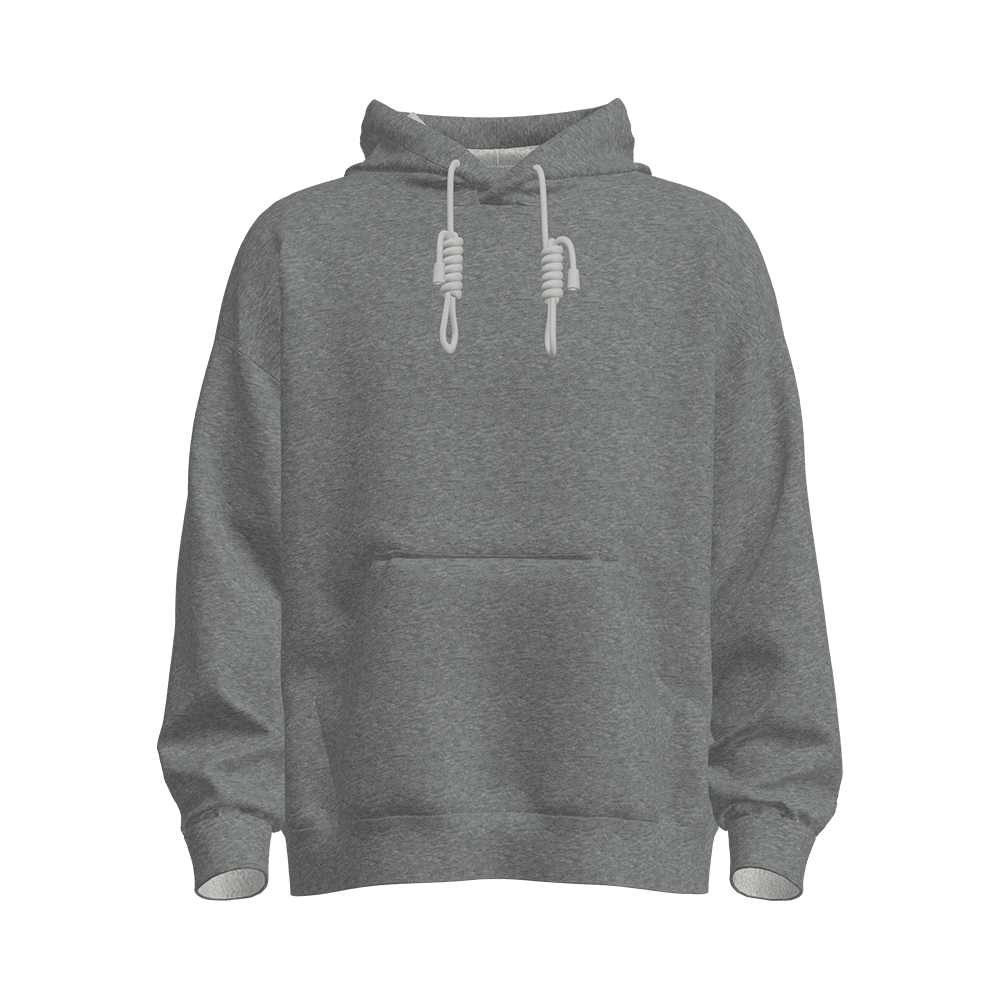
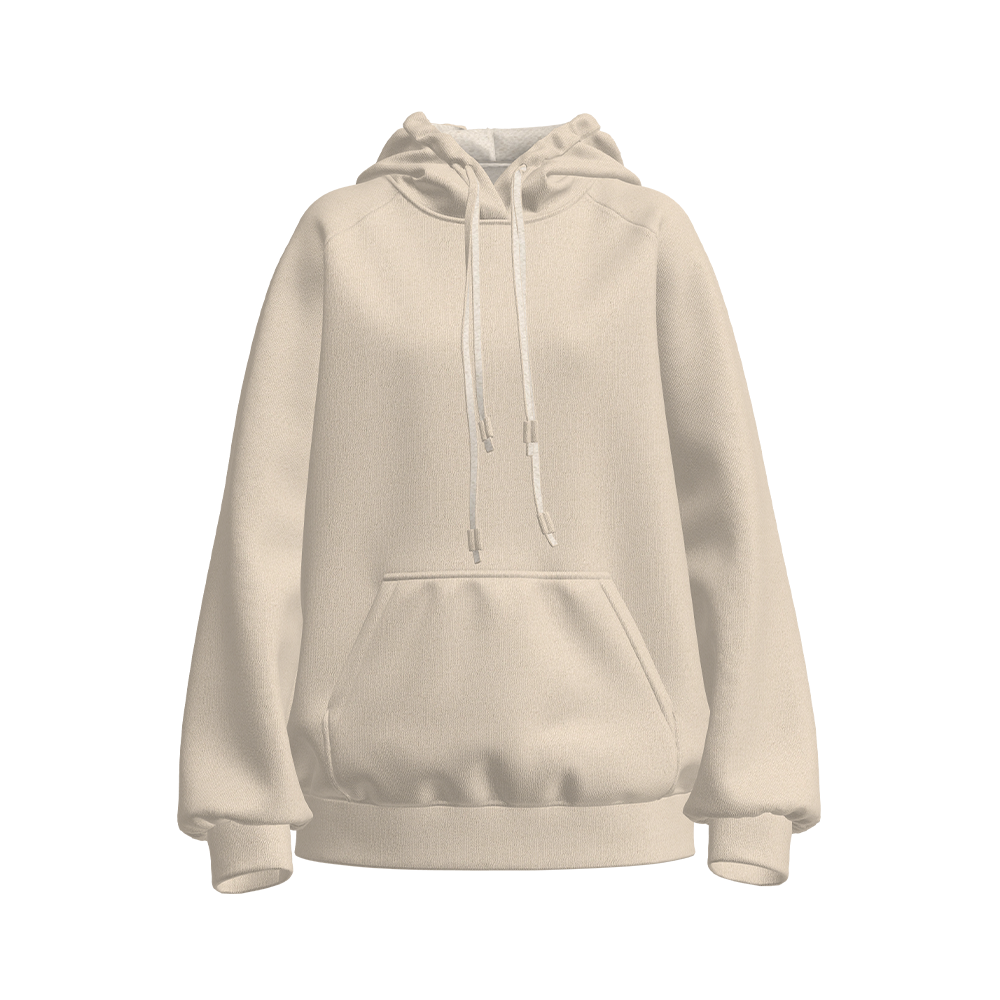


 +86-512-52528088
+86-512-52528088 +86-512-14546515
+86-512-14546515

